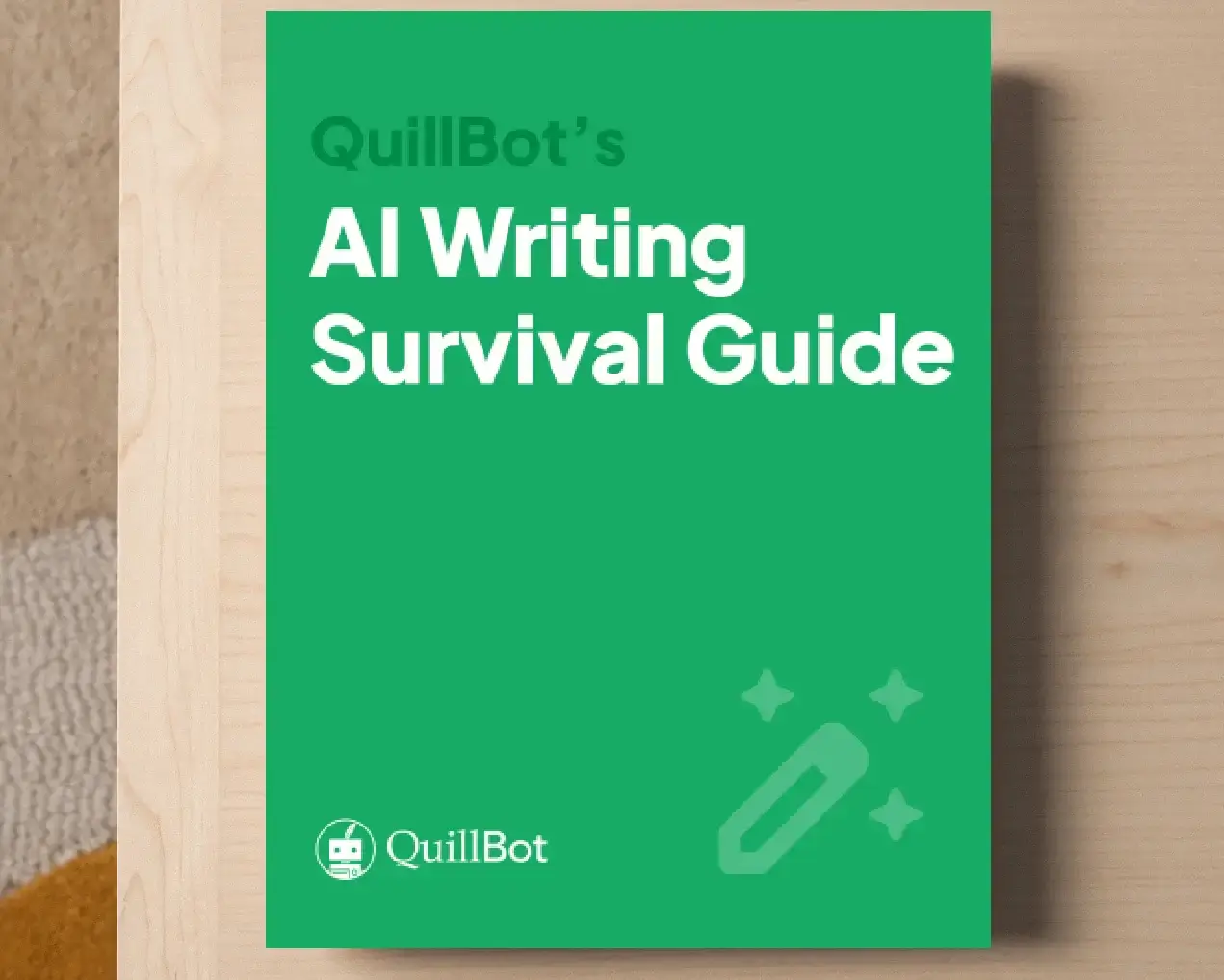What is a branded content agency?
A branded content agency is a marketing firm that specializes in creating and managing branded content campaigns for companies.
Unlike traditional advertising agencies focused on direct promotion, branded content agencies develop story-focused media that build emotional connections between brands and their audiences.
If you want to learn more about branded content agencies or branded content, ask QuillBot’s AI Chat.
